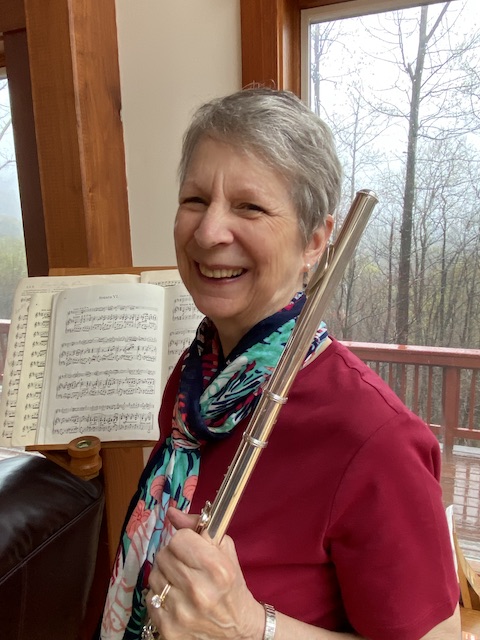by Carole Duff, guest blogger
This post is part of a HippoCamp 2022 recap series, with guest blog posts written by HippoCamp attendees. Learn more about our conference for creative nonfiction writers.
Lawrence Knorr is president and CEO of Sunbury Press, based in Mechanicsburg—his home; everyone else employed by the company works from home. With 15 imprints and over 100 titles published per year, Sunbury is a medium-sized press. Knorr has a background in technology, but his passion for history led him to book publishing.
In his presentation, “Everything You’ve Been Told About Book Publishing is Wrong,” Knorr pointed out his top ten book publishing myths in the following countdown:
- You don’t judge a book by its cover. Of course, we do. Cover design, titles, subtitles matter; a good one can sell a book, a bad one can doom it.
- I can edit my own book. Writers need outside readers and expertise to help at each step: structure and development (chapters), copy editing (paragraphs and sentences), and proofreading (words).
- Self-publishing first won’t hurt. It’s never been easier to publish, and never harder to sell. 1 in 5 traditionally published becomes a best seller; this is because the work goes through a series of filters before publication. Only 1 in 50 self-published becomes a best seller, mostly because of the lack of filters. See myth #9 above.
- Print runs are important. According to Knorr, that’s 20th century thinking. Even big books are POD (Print on Demand) or printed in increments. The quality is the same, and bookstores can be return unsold copies. 30% of book sales today are DTC—direct to consumer, direct to readers ordering from a website.
- Advances are big at traditional presses. Most writers are not offered advances. Because advances must be earned back, only authors with proven track record receive these offers.
- Traditional release process is needed to be successful. The traditional process is 18 months in production and buildup to promote then release with fanfare. Today, publishers take six months for production followed by rapid release and promotion. Sales after the book is available, rather than before it is finished, are most effective. Knorr’s company promotes books over a period of two years then releases the next book.
- E-Books are the future. In 2012, e-books held only 23% of sales then peaked in 2015; now sales have stagnated. According to Knorr, this is because of Amazon’s monopoly (75-80%). The big growth has been with audiobooks.
- “Woke” sells. Beware of shallow virtue signaling. Actions matter more; be yourself. Keep contemporary political commentary out unless it is a political book.
- Bookstores are the best place to sell my book. Physical bookstores are now less than half the market. Most stores are going online; most sales are online and mail-order. Print still dominates. Though still a good market, bookstores keep over 50% of the revenue. Knorr recommends selling at locations with fewer books and more people.
- Social Media is the best way to promote by book. Paid social media advertising is a losing proposition. Because of filtering and censoring. Knorr’s company stopped using paid social media for promotion and pursued other, more fruitful promotion opportunities.
Knorr ended his presentation with Book Marketing’s 4 Ps: product, price, place, promotion. Product includes ISBN, cover, branding, title, descriptions, keyword, formats, paper type. Price the book right, that is, similar to those in the book’s categories and/or 4x the print cost. For placement—where it is for sale—SEO (search engine optimization, keyword) is critical. And finally, promotion through advertising.
Only 3% of Sunbury’s publications are unsolicited, but after the session wrap up, I walked to the front of the room and said, “Thank you for your presentation.” I showed him my name badge with speaker ribbon. “I presented a session titled, ‘Becoming a Writer in the Third Chapter of Life.’ You’ll be hearing from me.”
>>See more HippoCamp 22 recap posts, content, and more here.
 Carole Duff is an award-winning veteran teacher, accomplished presenter, serious flutist, avid naturalist, and writer of narrative nonfiction. She posts weekly to her long-standing blog Notes from Vanaprastha, and has written for Brevity blog, Mockingbird, Streetlight Magazine, The Perennial Gen now The Sage Forum, for which she is a regular contributor, and other publications. She presented the breakout session titled “Becoming a Writer in the Third Chapter of Life” at HippoCamp22. Carole lives in Virginia’s Blue Ridge Mountains with her husband, writer K.A. Kenny, and two, large overly-friendly dogs.
Carole Duff is an award-winning veteran teacher, accomplished presenter, serious flutist, avid naturalist, and writer of narrative nonfiction. She posts weekly to her long-standing blog Notes from Vanaprastha, and has written for Brevity blog, Mockingbird, Streetlight Magazine, The Perennial Gen now The Sage Forum, for which she is a regular contributor, and other publications. She presented the breakout session titled “Becoming a Writer in the Third Chapter of Life” at HippoCamp22. Carole lives in Virginia’s Blue Ridge Mountains with her husband, writer K.A. Kenny, and two, large overly-friendly dogs.

